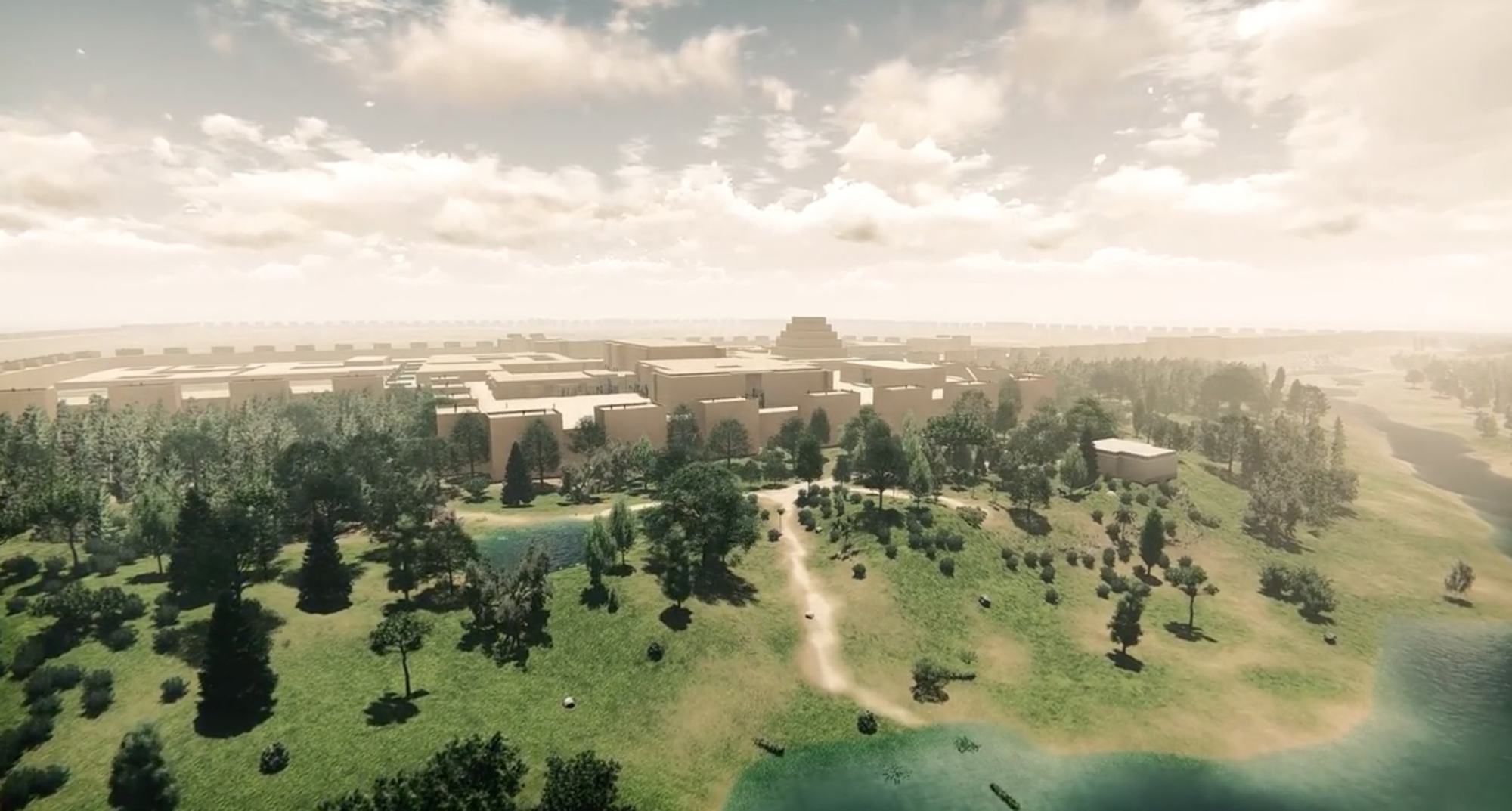Iraqi excavations
The Iraq Museum in Baghdad was founded in 1926 on the initiative of Gertrude Bell, a British archaeologist and Director of Antiquities in Iraq. The Iraqi Department of Antiquities, led by Fuad Safar, began excavating Khorsabad again in 1957. They found more bulls and discovered the Sibitti temple, a small building containing several stone basin-shaped stands on small columns, or on three legs. These artefacts were added to the collections of the Iraq Museum.
Excavations abandoned
The French teams did not return to excavate Khorsabad. Gordon Loud explained why he thought there was no point continuing the work of the OIC in a letter to James Henry Breasted in 1935:
"I am convinced we can leave the site with a clear conscience (...). We would need to go to enormous lengths to excavate the city in its entirety, without being sure of achieving anything. We have to stop somewhere...".
(translation by K. Wilson in A. Caubet, Khorsabad, le palais de Sargon II, roi d’Assyrie, La documentation française, 1995)
Surveys of Khorsabad
Several studies nonetheless shed light on what has been learned about Khorsabad since its discovery. In 1986, Pauline Albenda and Annie Caubet published an analytical survey of the palace's decorations in a book in English and French, Le palais de Sargon d'Assyrie. Sylvie Lackenbacher studied the palace inscriptions in Le palais sans rival (1990). In 1993, the From Khorsabad to Paris exhibition at the Musée du Louvre commemorated the 150th anniversary of the discovery of Khorsabad and led to the publication of a catalogue under the direction of Élisabeth Fontan and Nicole Chevalier. A seminar was organised under the direction of Annie Caubet to keep abreast of the latest developments in the field, which resulted in the publication of Khorsabad, le palais de Sargon II, roi d’Assyrie, in 1995.
A virtual visit of Khorsabad
In 2015 and 2016, a digital reconstruction of the palace of Khorsabad was put together by Philipp Serba (PASdigital) under the scientific direction of Ariane Thomas, assisted by Yves Ubelmann (Iconem) and advised by David Kertai (Tel Aviv University). It offers a virtual tour of the city of Sargon II, from its outer edges to the most official rooms of the palace richly decorated with reliefs, many of which are kept in the Musée du Louvre.
